The ROC Agricultural Mission stationed in Honduras was first established in February, 1972. In the early stages the mission concentrated on experimental and demonstration plots. In this way the mission was able to learn about local conditions and win the trust of Honduran farmers as well as demonstrate the advanced methods prevailing in Taiwan. Now, after years of hard work fruit is being born and the current mission leader, Ko Te-chi, is working hard to make the mission even more effective.
One of the mission's projects is the improvement of rice strains. In the northern part of Honduras over 270,000 kilograms of rice is required for planting but local suppliers use outdated methods of selection. The mission provided high-quality grains and improved methods of selecting grains and improved methods of selecting grain for planting by assisting Honduran technicians with indoor classification and germination experiments.
In Honduras the traditional rice growing method differs from the ROC in that it depends more on the elements than on irrigation. If the weather is inclement, the harvest is endangered. In 1980 the Honduran government allocated 50 hectares to the ROC Agricultural Mission. After planting in April the experimental farm was inspected by the Honduran Natural Resources Minister Rodrigo Aguilar who was very impressed by what he saw.
As Honduras has a primarily agricultural economy the government welcomes new ways of promoting development of agriculture. It is clear that water conservancy and irrigation works will be essential to the growth of the country's agricultural sector. At the mission's experimental farm, ROC technicians built a pumping station and four kilometers of irrigation canals as well as 4.7 kilometers of drainage canals, and other facilities which, it is hoped, will assist in improving local methods.
Because over 10,000 square kilometers in Honduras completely lack irrigation, facilities, only a small area is cultivated with bananas, pineapples, and sugar cane or else with corn, sweet potatoes and other dry crops. However, lack of capital and poor management techniques ensure that productivity is low.
As corn is the main crop in Honduras, one of the first tasks was to help local farmers improve their cultivation techniques. For this purpose they selected some peasant families and systematically taught them up-to-date methods. The mission analysed the progress of the project in a report which was presented to the Honduran government for reference. The report impressed upon government officials the usefulness of such projects and they soon requested that the scope of the mission be broadened.
The value of the experimental farm was widely recognized in Honduras. When farms for military units or private farms were in their planning stages, ROC agricultural mission members were invited to assist in the designing and planning work.
Farmers in Honduras who plant vegetables usually have small plots of land and limited resources at hand. Understandably they have not been able to take advantage of recent developments in agricultural technique.
Because local farmers planted only a small variety of vegetables, the mission also set about introducing other types of vegetables and appropriate methods of cultivating them. One hectare of the experimental farm was devoted to vegetable plots of radishes, cucumbers, honeydew melons and beans to encourage vegetable farmers to diversify.
The mission has also engaged in an agricultural training program which caters to both local agricultural officials and farmers. The program concentrates on introducing new varieties of grains and vegetables; the use of fertilizers and pesticides; farm mechanization; and farm management. In February, the mission conducted a five-week training program for twenty-five of the best agricultural workers in Honduras. On graduation day the Honduran Minister of Agriculture was in attendance and was very pleased with the program's results.
Last year the mission held an exhibition of the experimental farm's produce. At the same time, new techniques were demonstrated to visitors, including ROC Ambassador Yu and Honduran Natural Resources Minister Rodrigo Aguilar. Over one hundred agricultural experts, including government agricultural technicians from northern Honduras and students from San Pedro University's Agriculture Institute, were invited. Also, some two hundred members of the public attended the exhibition.
[Picture Caption]
1. This pesticide sprayer was designed and built by the mission. Seen here is a mission member teaching a farmer how to use the sprayer. 2. The experimental farm, occupying 50 hectares, is the result of a great deal of hard work. 3. In the Honduran capital there is an old city styled after the ancient Maya culture. 4. The mission's headquarters in many ways resembles a Taiwan farm house.
1. The mission has been promoting high-altitude vegetables among Honduran farmers. 2.3. Corn is the staple diet of Honduras and the mission works together with local farmer s to improve strains. 4.5. Birds are often a pest to farmers in Honduras as they often come in navenous flocks that blacken the sky. Farmers bang oil drums with wooden stakes as one way to scare the birds away.
1.2.3.4. The ROC fishing industry group has already been in Honduras for seven years. In the past the group was mainly supervising ocean fishing and fresh water fish breeding. However the group will soon begin work on food processing and the kind of projects pictured here are drawing to a close. 5.6. On holidays Hondurans head to the beach.
1. The drainage canal at the experimental farm. 2. A ROC technician surveying a future water conservancy project. 3. Children love to eat the fragrant and sweet mangos. 4. Hondurans are not fond of pork and it is not uncommon to see pigs unattended. 5. In the hot Honduran summer a nap in the shade is the best way to beat the heat.
1. Selling fruit. 2. The beautiful old cathedral in San Pedro Sula. 3. There are many stalls in the Plaza opposite the church. This one sells corn cakes and banana fritters.
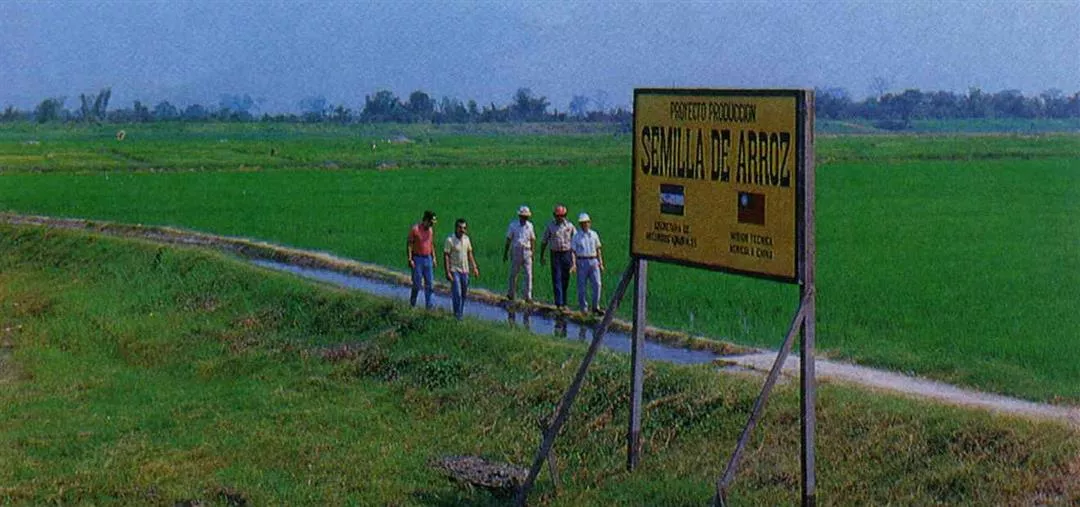
The experimental farm, occupying 50 hectares, is the result of a great deal of hard work.
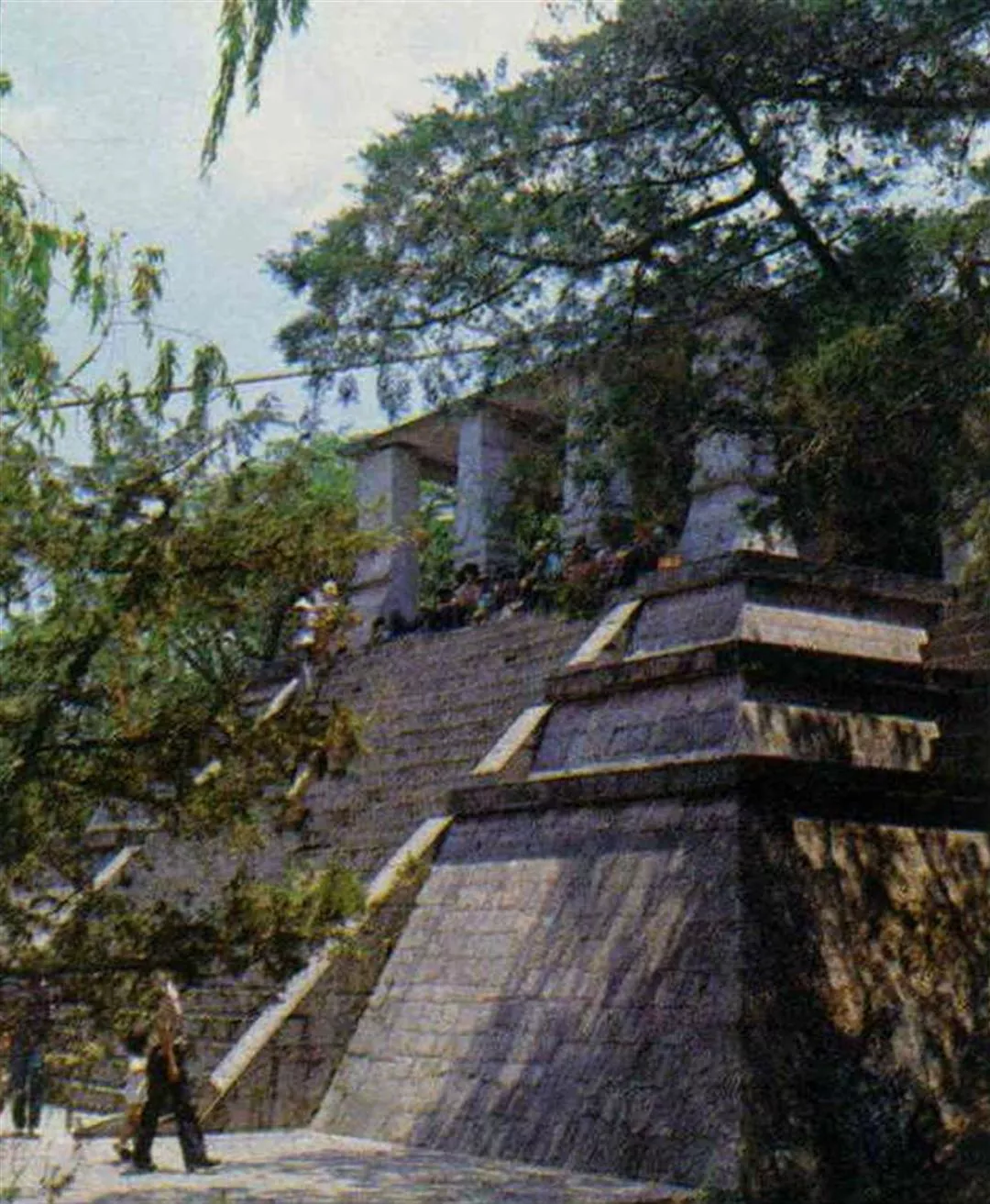
In the Honduran capital there is an old city styled after the ancient Maya culture.
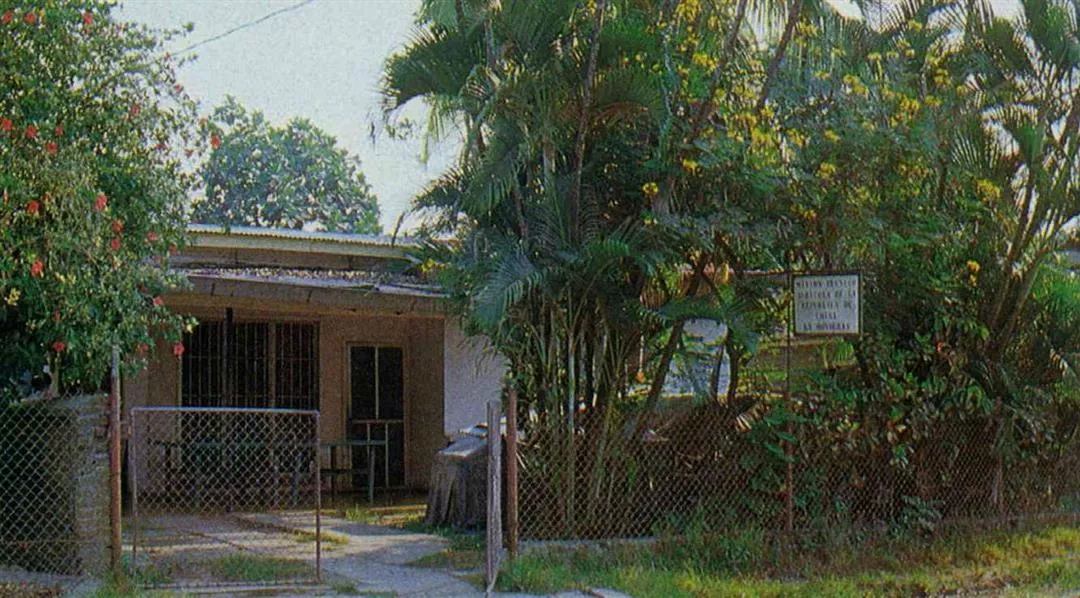
The mission's headquarters in many ways resembles a Taiwan farm house.
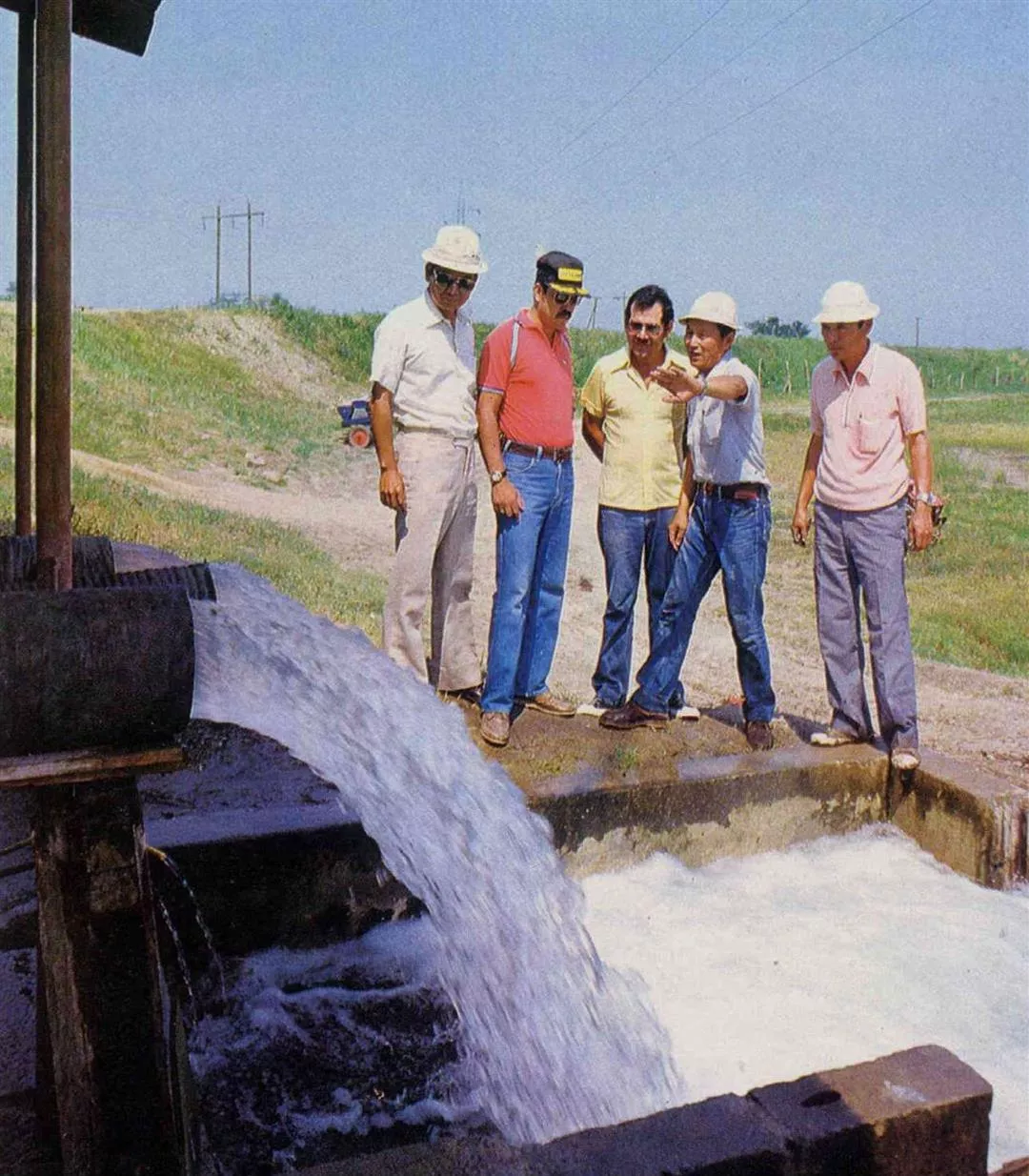
The mission has been promoting high-altitude vegetables among Honduran farmers.
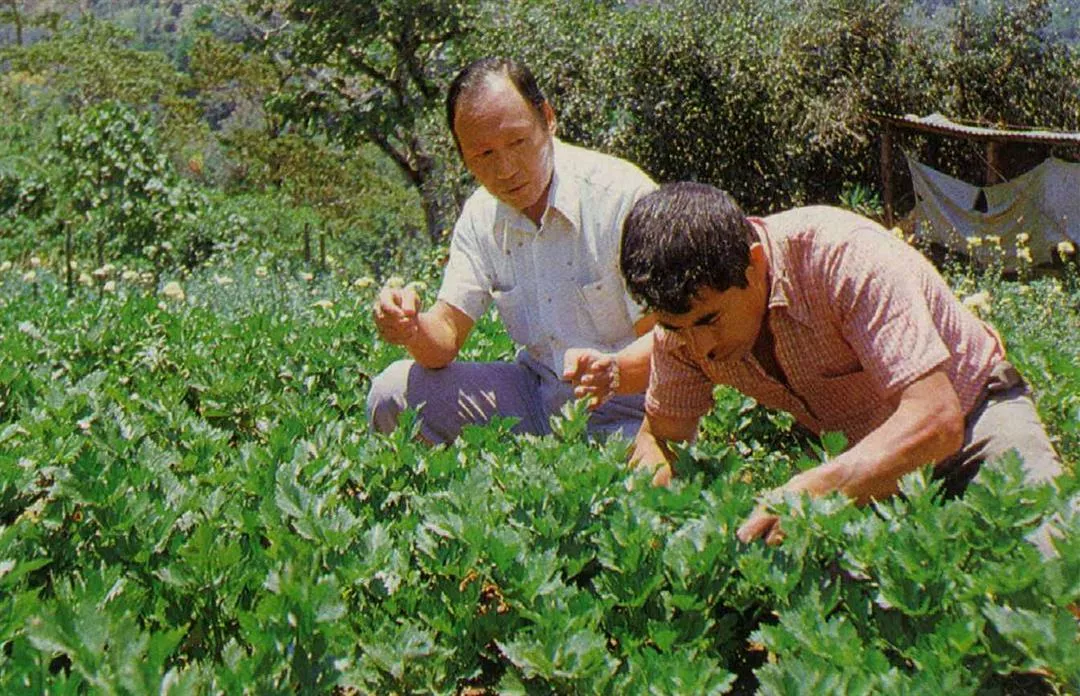
Corn is the staple diet of Honduras and the mission works together with local farmer s to improve strains.
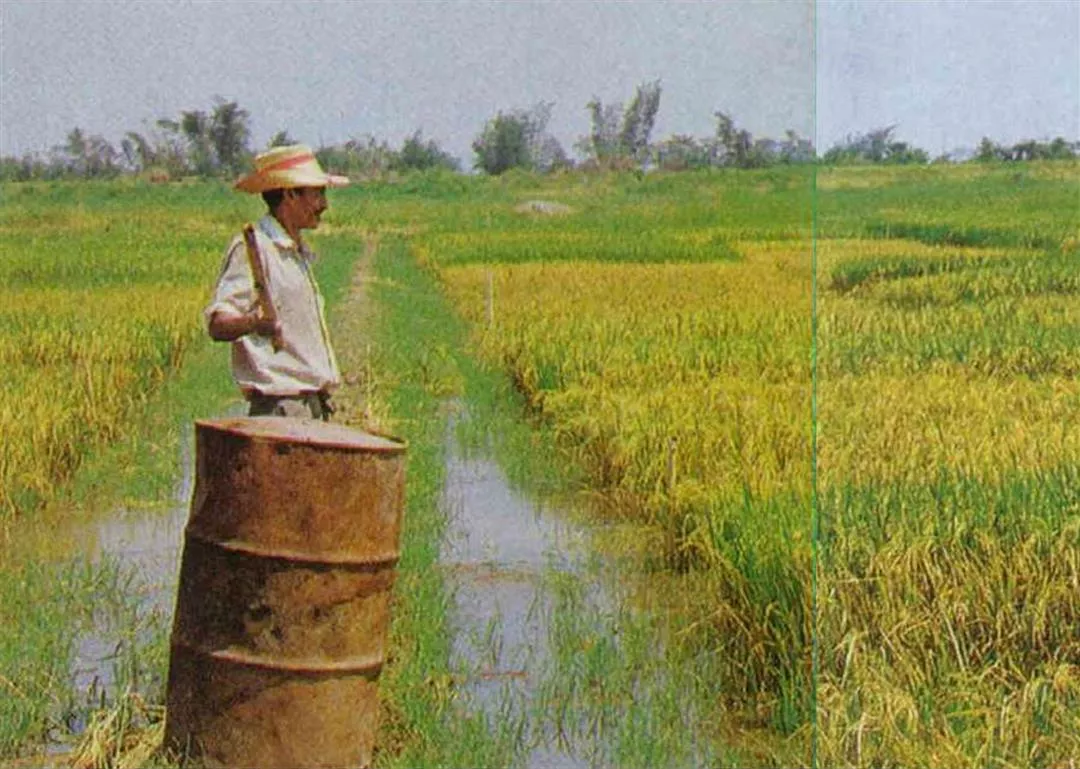
Birds are often a pest to farmers in Honduras as they often come in navenous flocks that blacken the sky. Farmers bang oil drums with wooden stakes as one way to scare the birds away.
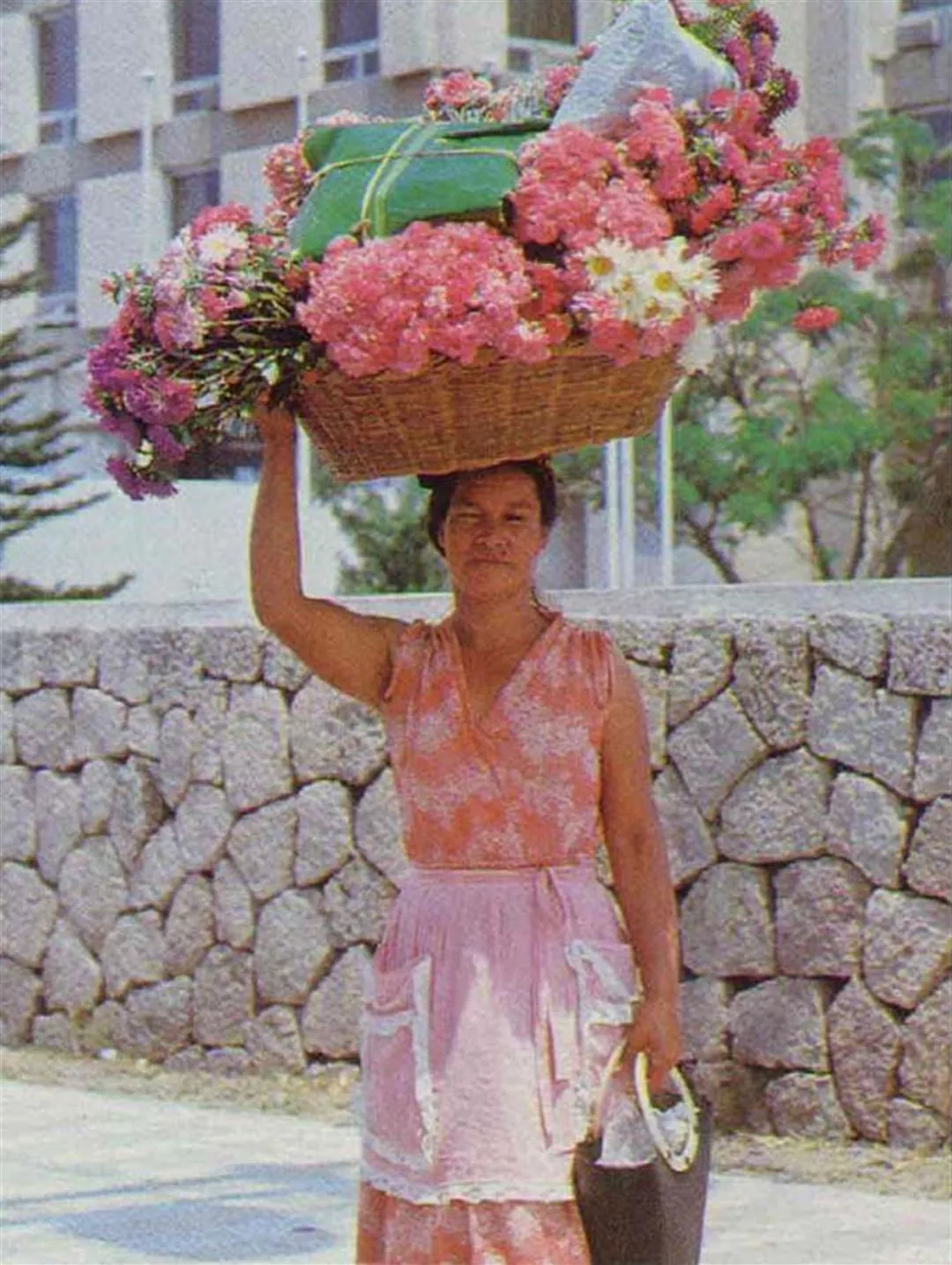
A woman who is selling flowers in city.
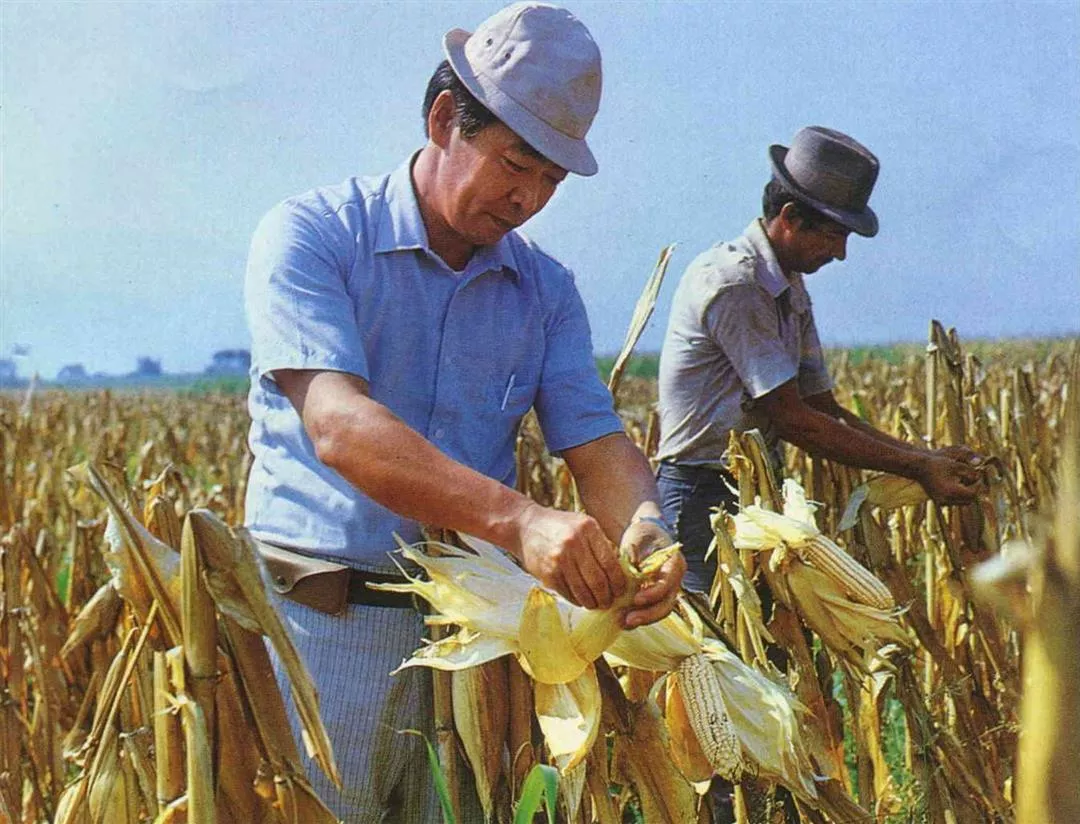
Corn is the staple diet of Honduras and the mission works together with local farmer s to improve strains.
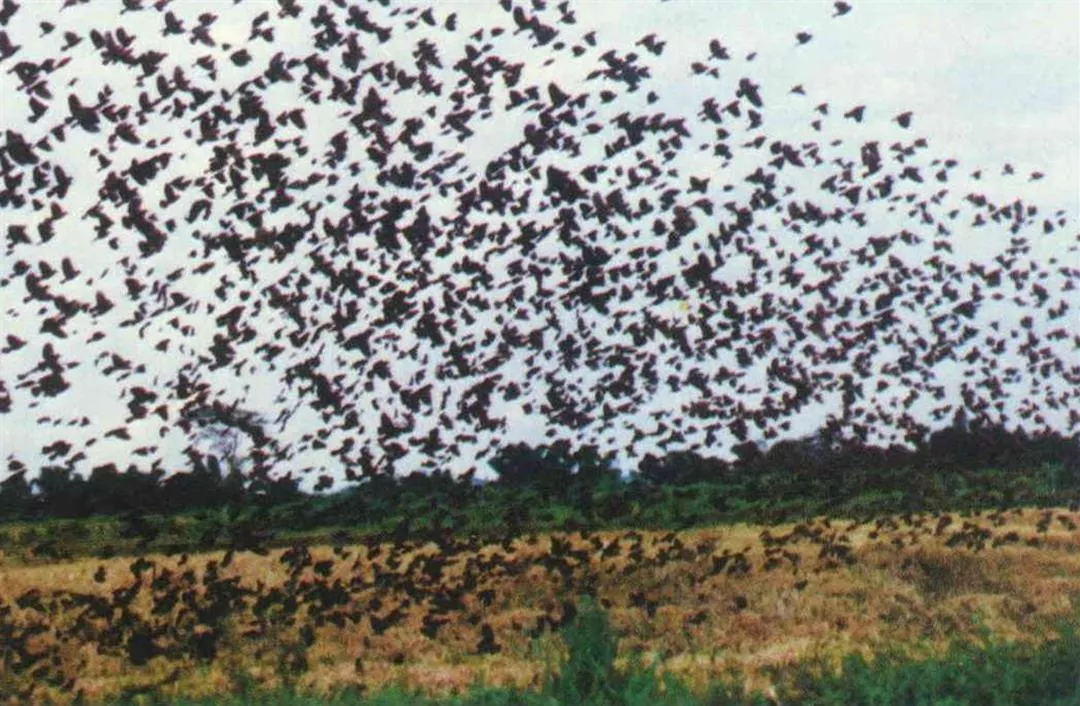
Birds are often a pest to farmers in Honduras as they often come in navenous flocks that blacken the sky. Farmers bang oil drums with wooden stakes as one way to scare the birds away.
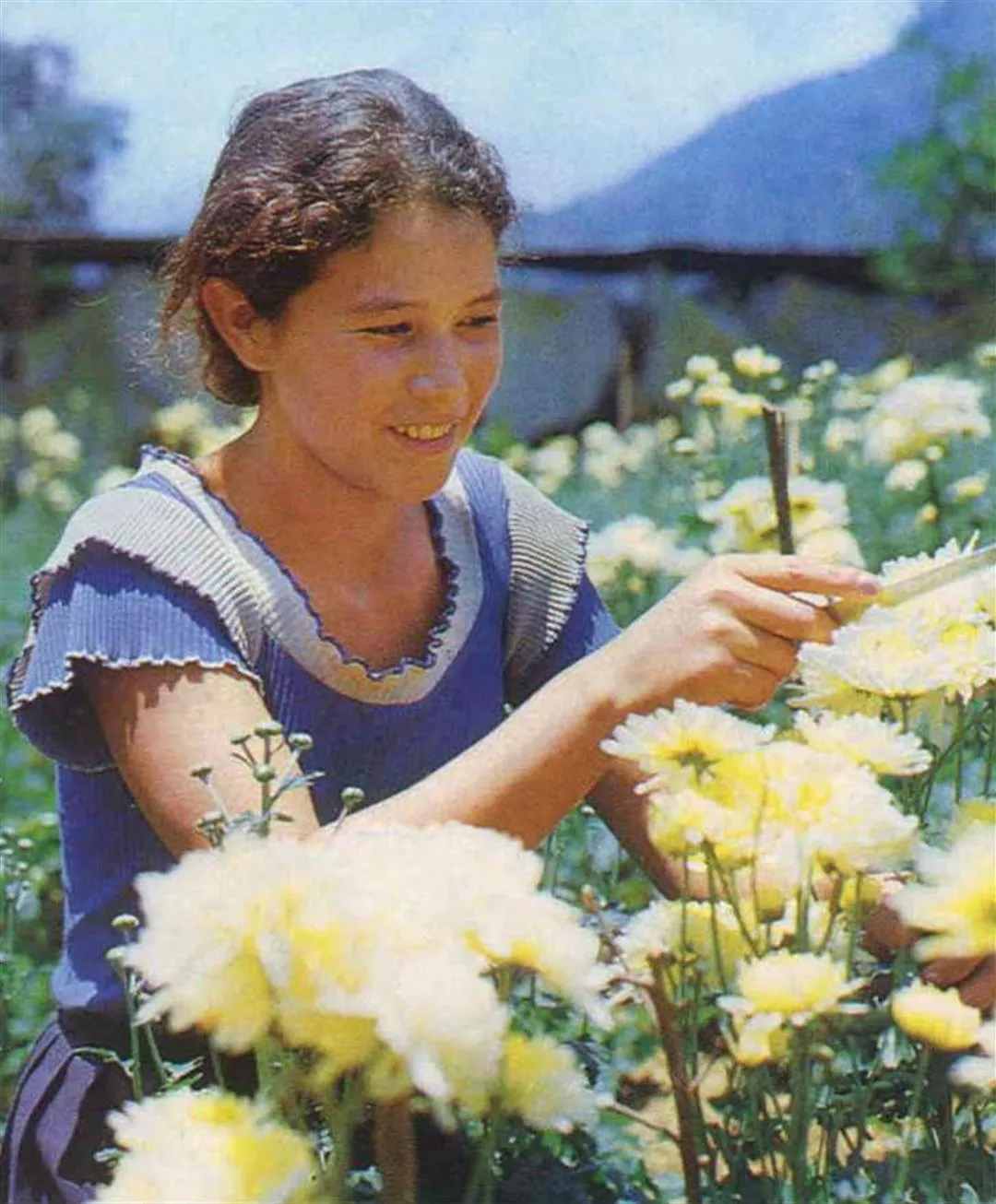
The agronomy team guides mountain dwellers to grow flowers.
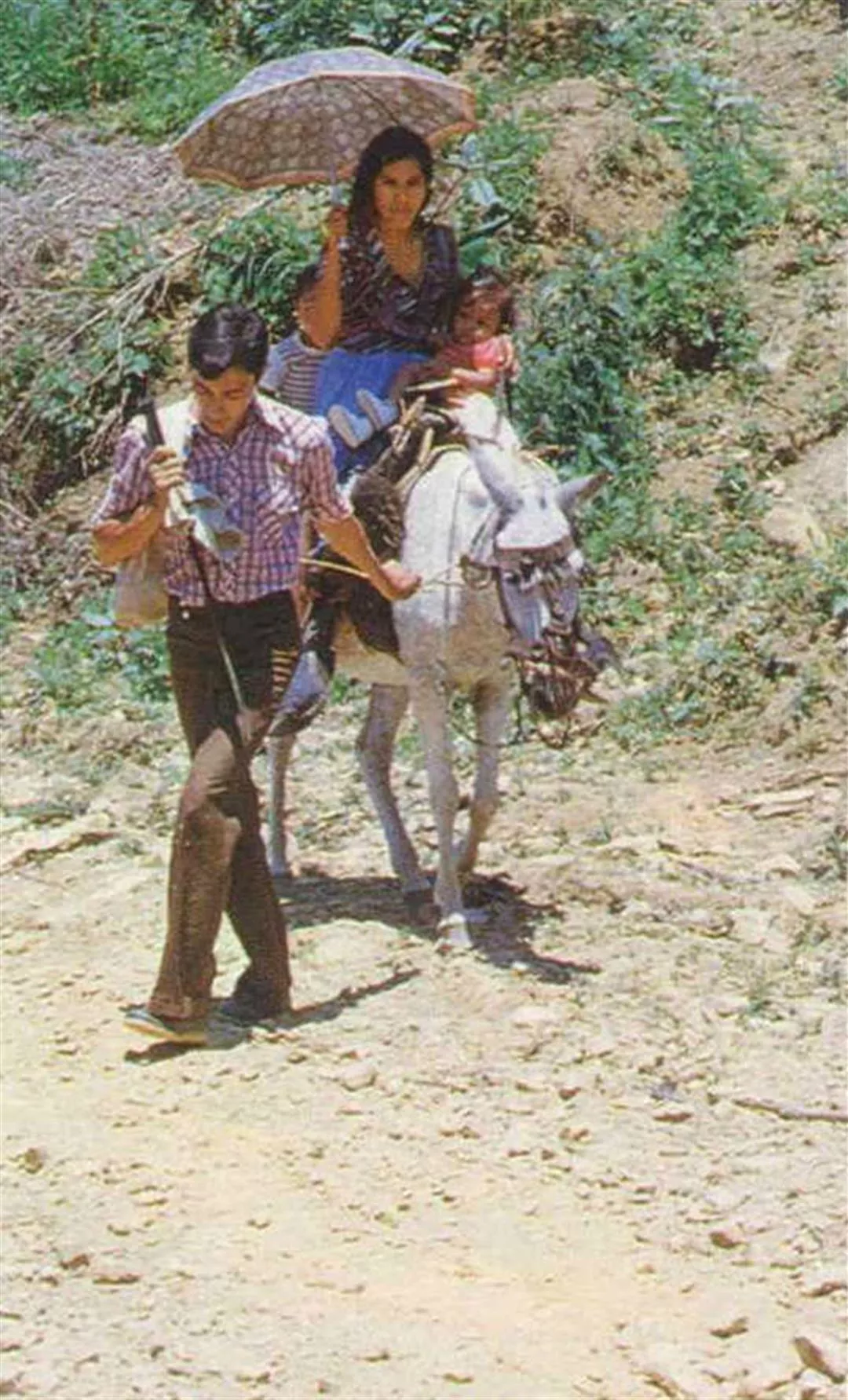
The transportation in the mountains is inconvenient. The residents use the horses and horses as means of transportation.
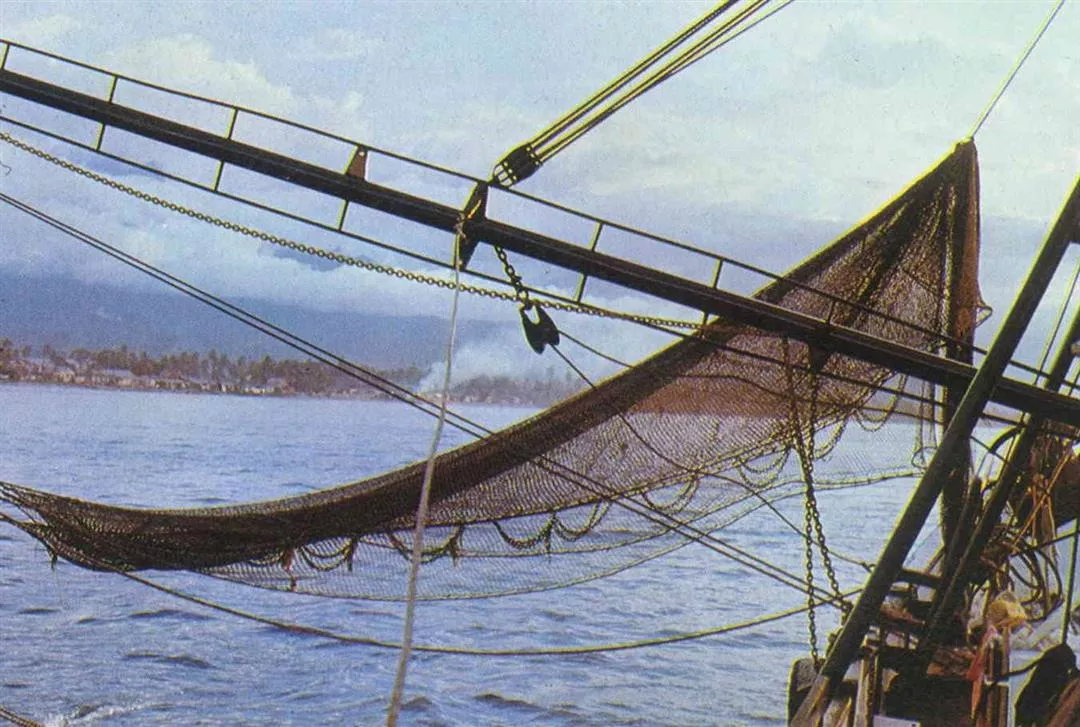
he ROC fishing industry group has already been in Honduras for seven years. In the past the group was mainly supervising ocean fishing and fresh water fish breeding. However the group will soon begin work on food processing and the kind of projects pictured here are drawing to a close.

he ROC fishing industry group has already been in Honduras for seven years. In the past the group was mainly supervising ocean fishing and fresh water fish breeding. However the group will soon begin work on food processing and the kind of projects pictured here are drawing to a close.
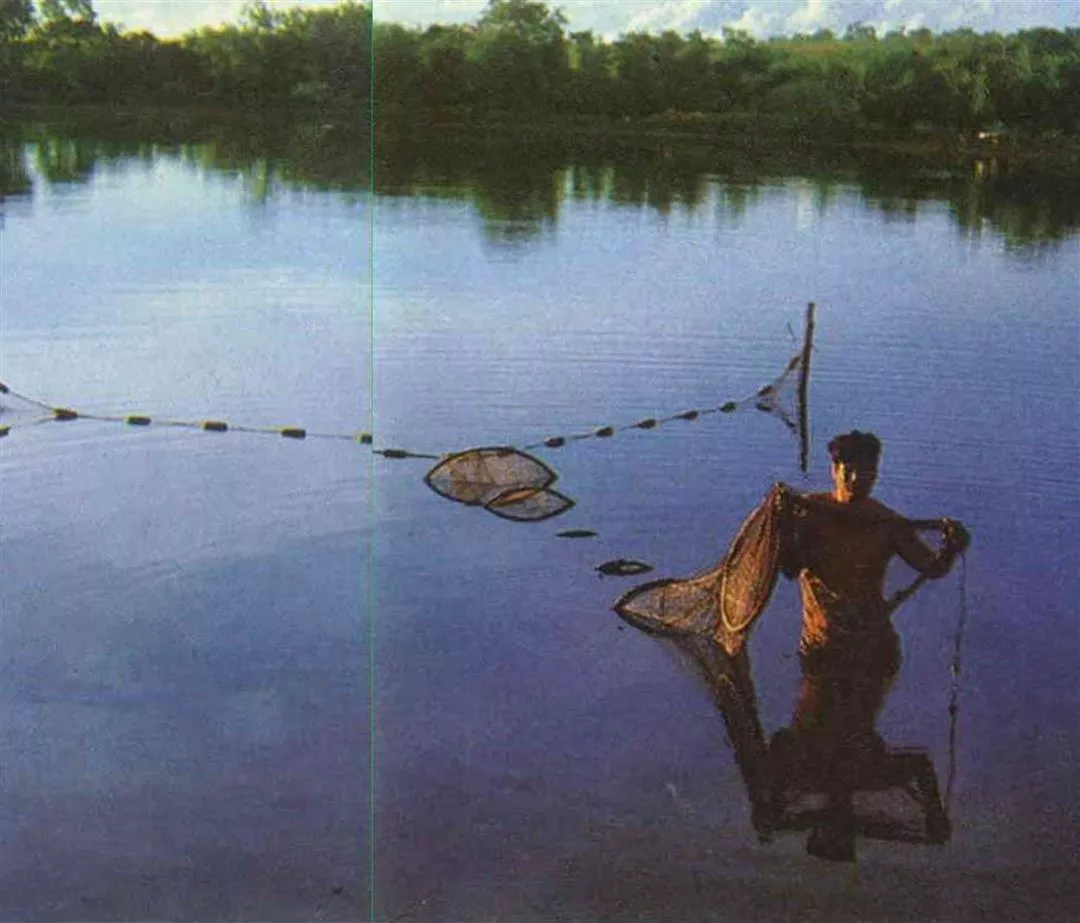
he ROC fishing industry group has already been in Honduras for seven years. In the past the group was mainly supervising ocean fishing and fresh water fish breeding. However the group will soon begin work on food processing and the kind of projects pictured here are drawing to a close.
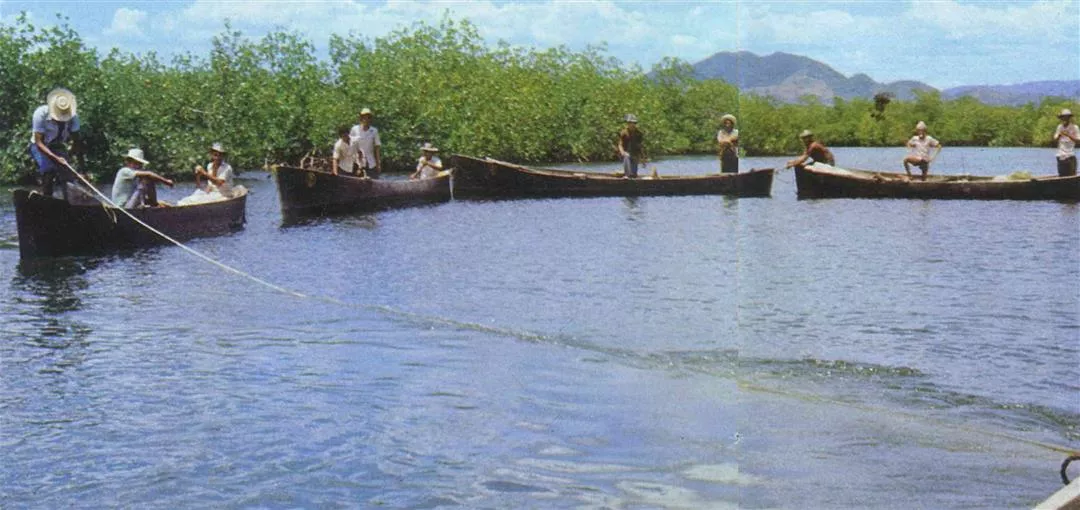
he ROC fishing industry group has already been in Honduras for seven years. In the past the group was mainly supervising ocean fishing and fresh water fish breeding. However the group will soon begin work on food processing and the kind of projects pictured here are drawing to a close.

On holidays Hondurans head to the beach.
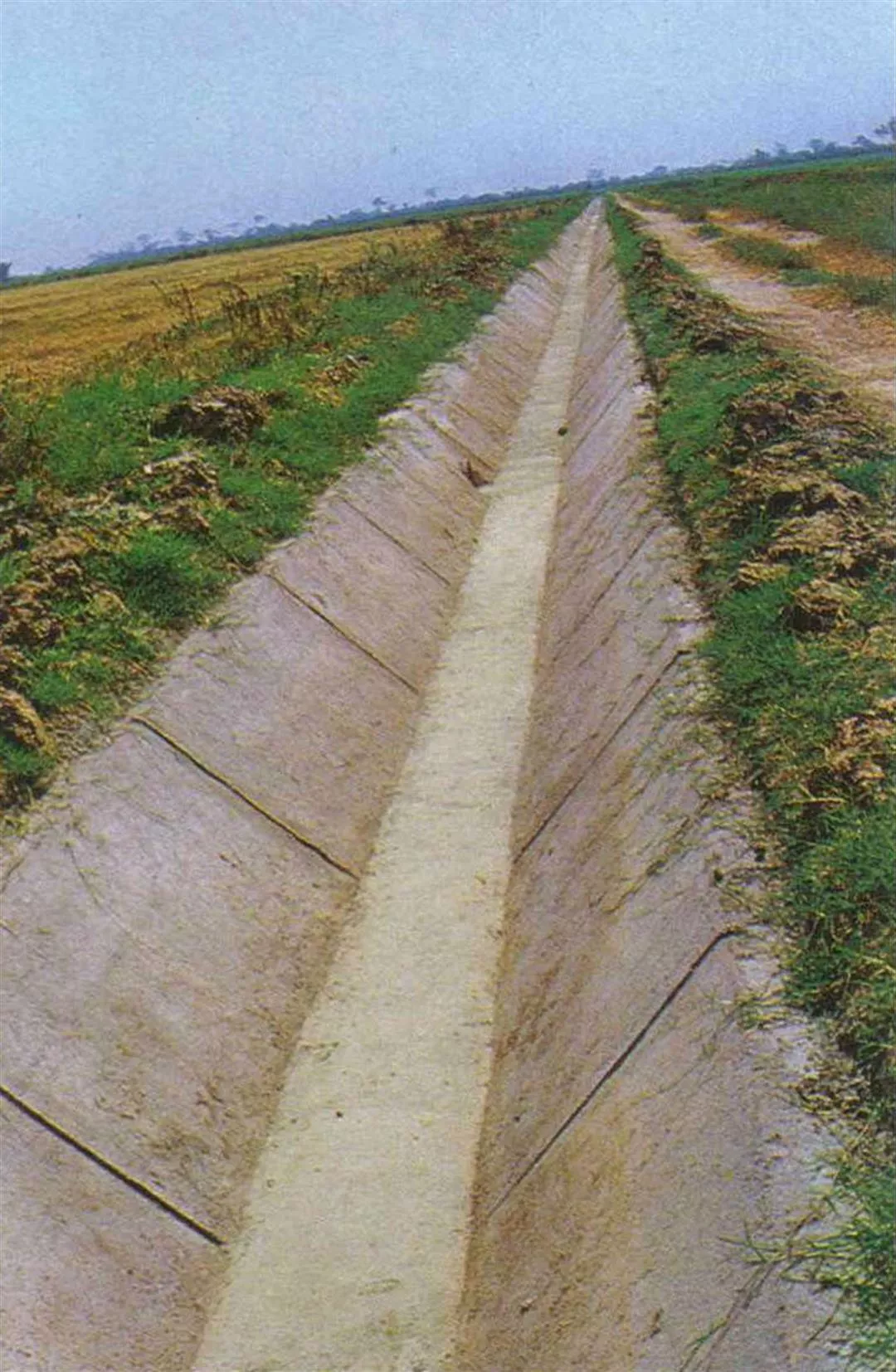
The drainage canal at the experimental farm.

A ROC technician surveying a future water conservancy project.
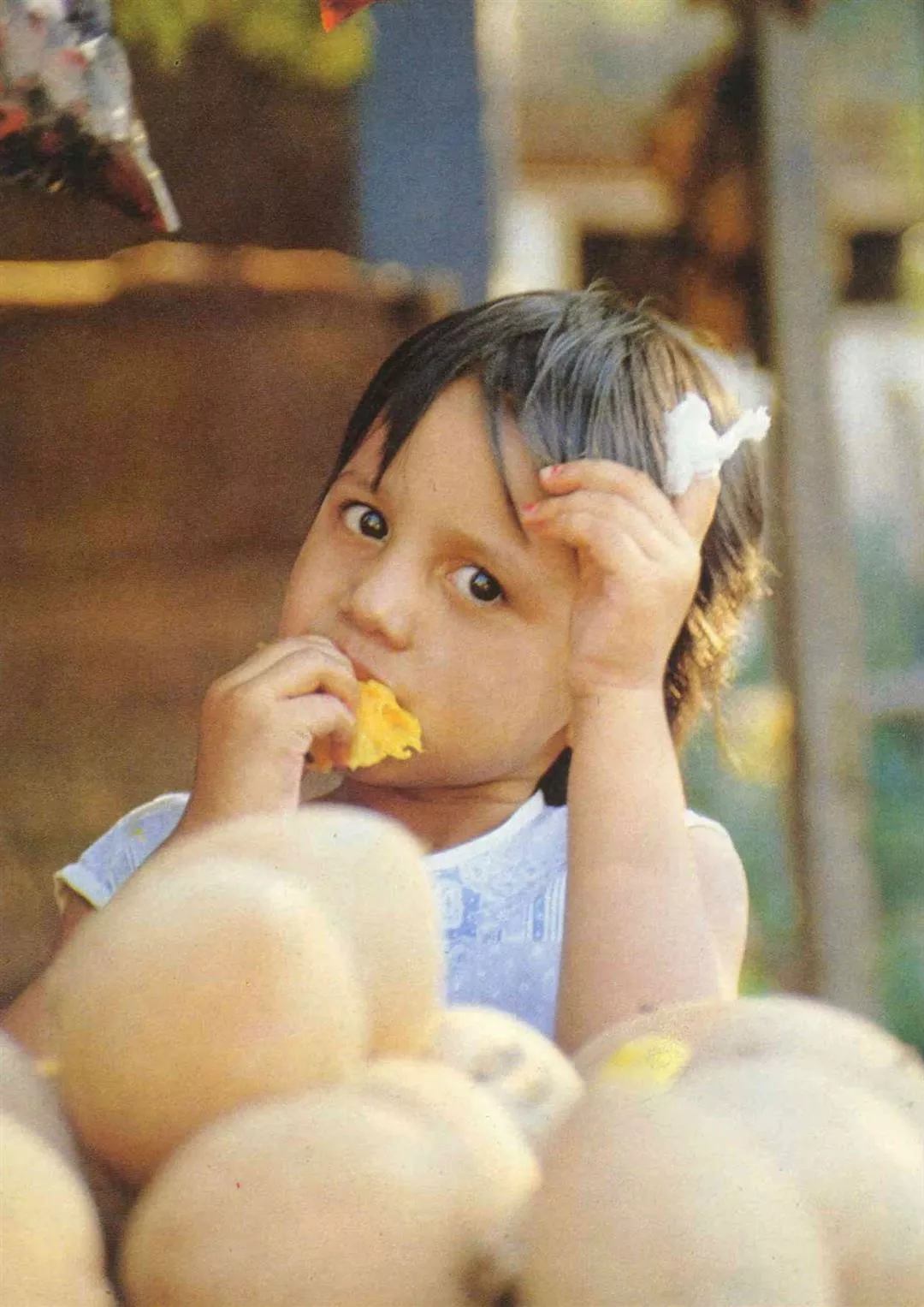
Children love to eat the fragrant and sweet mangos.
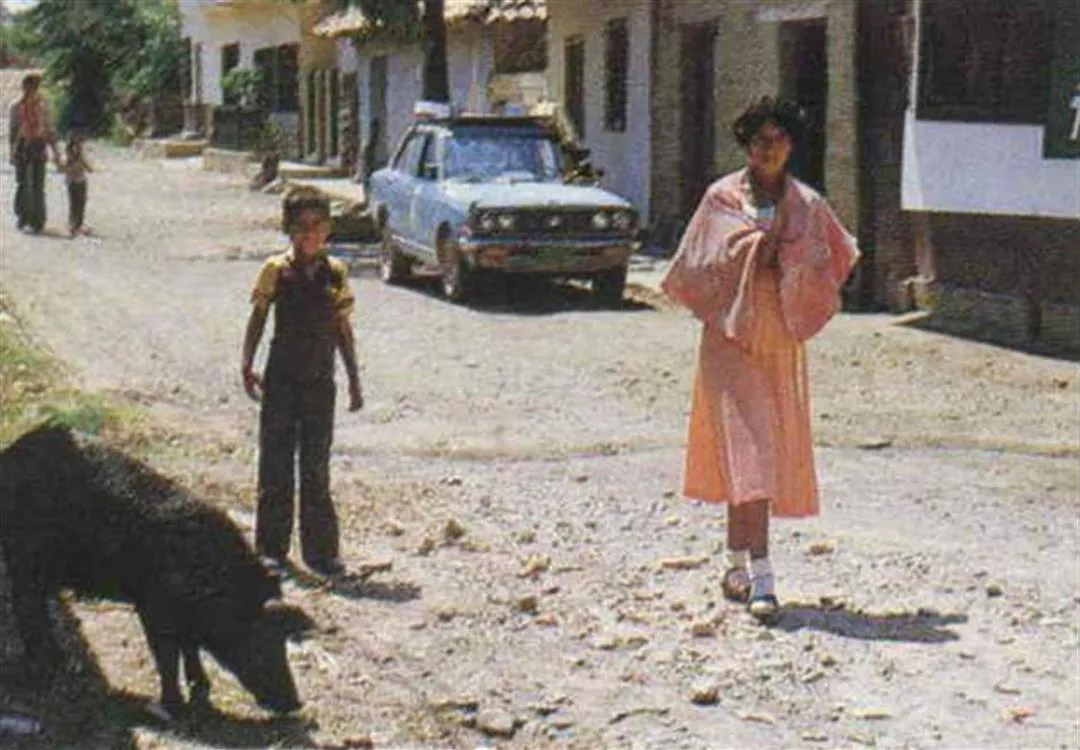
Hondurans are not fond of pork and it is not uncommon to see pigs unattended.
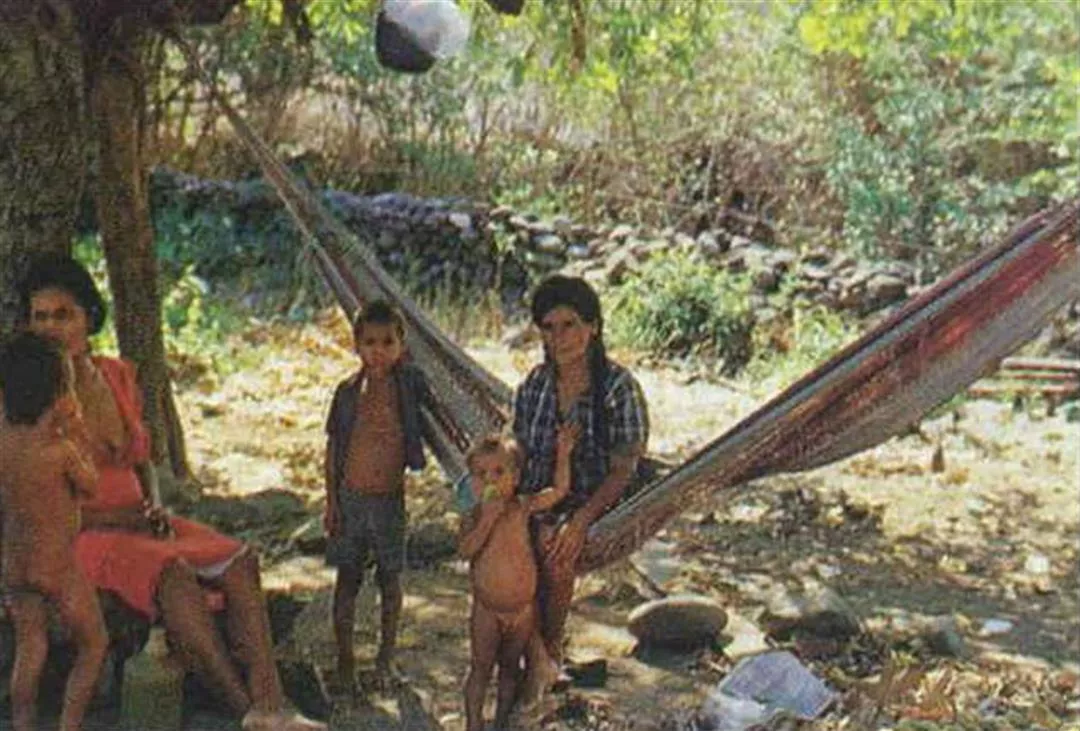
In the hot Honduran summer a nap in the shade is the best way to beat the heat.
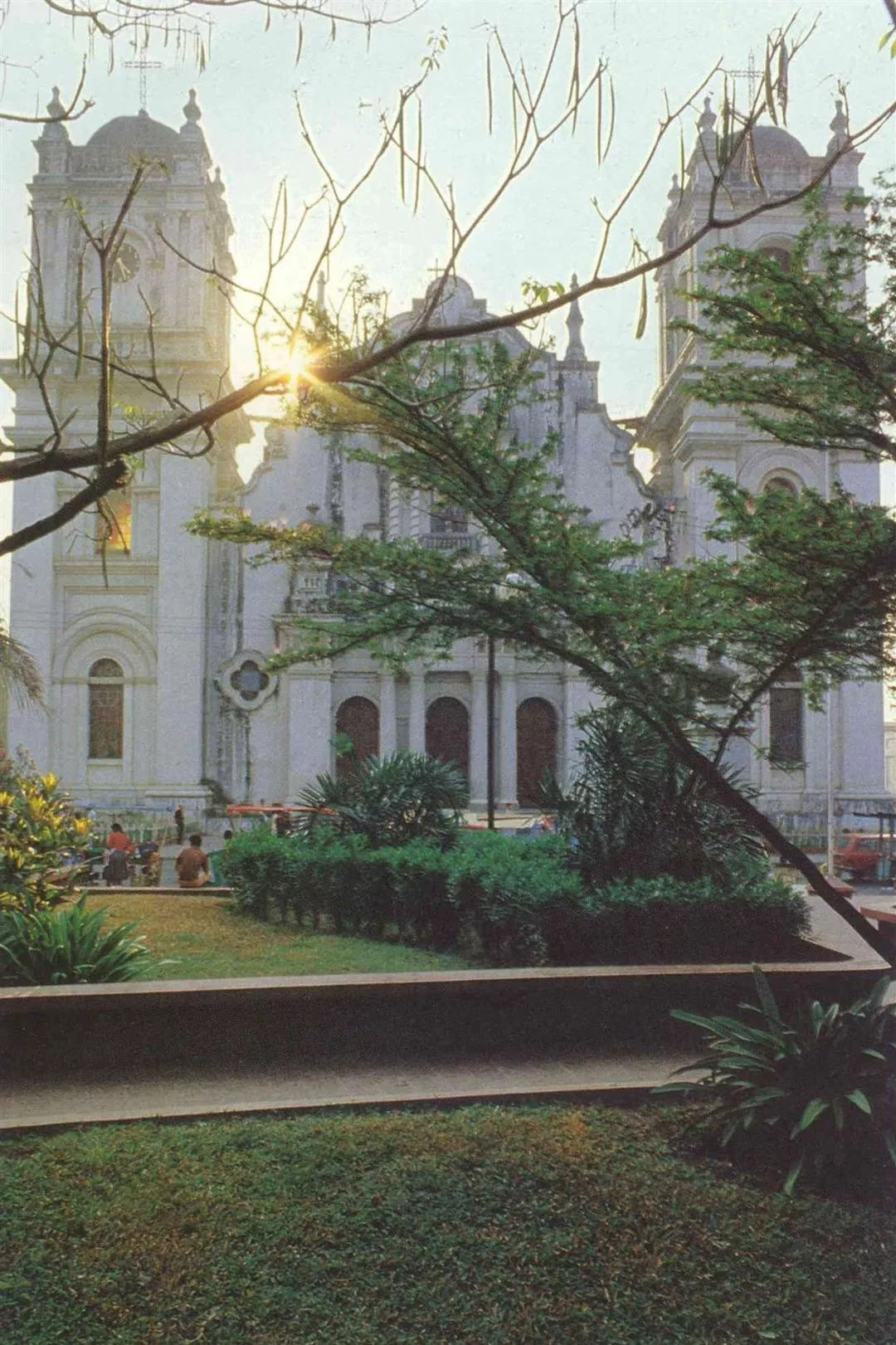
The beautiful old cathedral in San Pedro Sula.
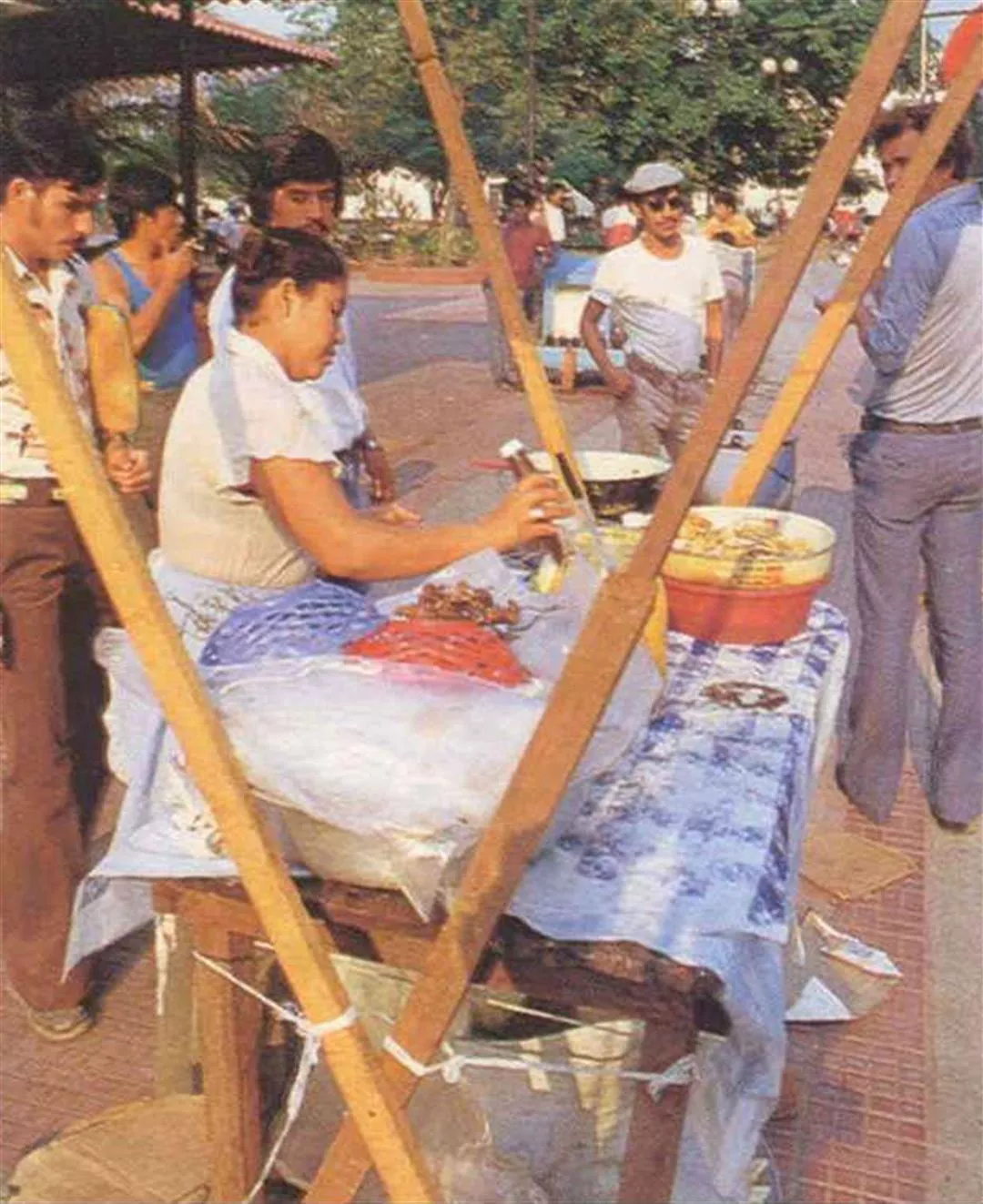
There are many stalls in the Plaza opposite the church. This one sells corn cakes and banana fritters.